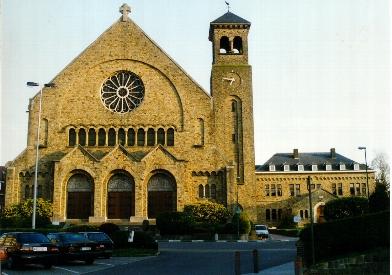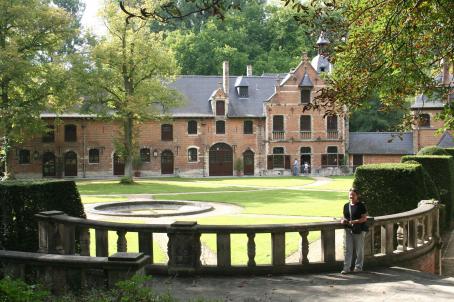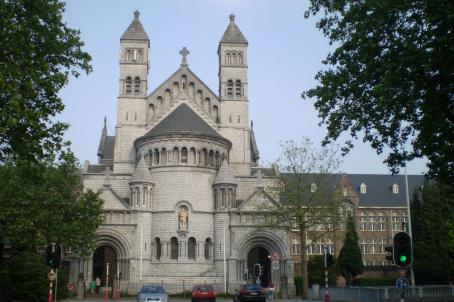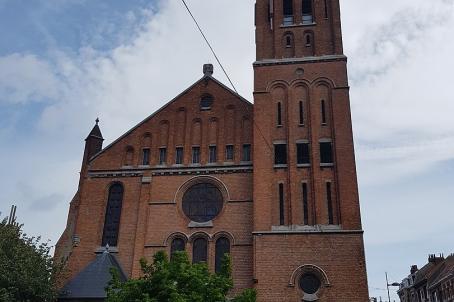Notre-Dame-des-Grâces Church

Notre-Dame-des-Grâces Church, commonly known as the Church of Chant d'Oiseau, was built from 1934 to 1949 by architect Camille Damman. This neo-Romanesque church is part of a convent of Franciscans who also provide pastoral services. The first Franciscan Friars Minor who arrived in Brussels in 1228 built a modest chapel in 1244 to house a statue of the Virgin Mary, called "Notre-Dame du Chant des Oiseaux", nestled in a beech tree in a small wood on the banks of the Senne, outside the city walls.





